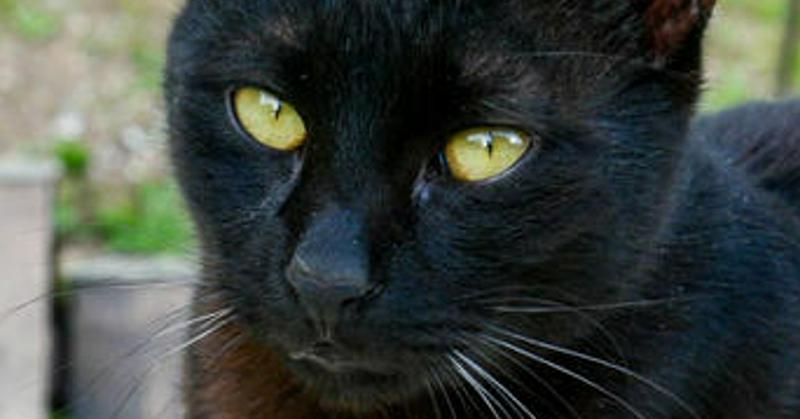The Fairy Cats Of Celtic Mythology
By | July 20, 2022

We know that the Ancient Egyptians worshiped cats, and indeed, most domesticated cats walk around like they expect to be worshiped. In Ancient Celtic mythology, however, cats were not merely an object of worship; they were magical creatures from the fairy realm.
The Cat-Sìth
The cat-sìth is most often described as a black cat with a tuft of white fur on its chest, but it was believed that all cats could be a fairy cat. They could walk on two legs and even speak to humans, but since most of them were working undercover, they resorted to walking on four legs and meowing and purring to communicate with people.
Many believed that the cat-sìth could steal the souls of the recently deceased by walking past their body before it was properly buried, so families staged a feil fhadalach, or a "late wake," to keep them away. This involved loud music, games, and general rabble-rousing as well as the strategic sprinkling of catnip to misdirect any lurking cat-sìth. The cat-sìth could also predict the future, forecast the weather, and bring good fortune, usually in exchange for a saucer of milk. It was said that if you stared into the cat-sìth's eye, it could see into your soul and discover your heart's desire, and you may be rewarded with a glimpse of the fairy world.

Who Were The Cat-Sìth?
In some tales and folklore, the cat-sìth are fairies and witches who take the shape of cats so they can venture to the human world and go about their business undetected. According to folklore, a witch could turn herself into a cat and back nine times, after which she would remain a cat forever, which might be the reason we talk about cats having nine lives. In other tales, the cat-sìth were guardians and often symbols of Celtic warriors, but they were powerful and feared, too, vehicles of justice intent on exposing your darkest secrets.
As a result, Ancient Celts eyed all cats with suspicion, which intensified with the spread of Christianity across Ireland and Scotland. The sight of a cat, especially a black one and especially if it was lurking around a churchyard, was considered a bad omen.

